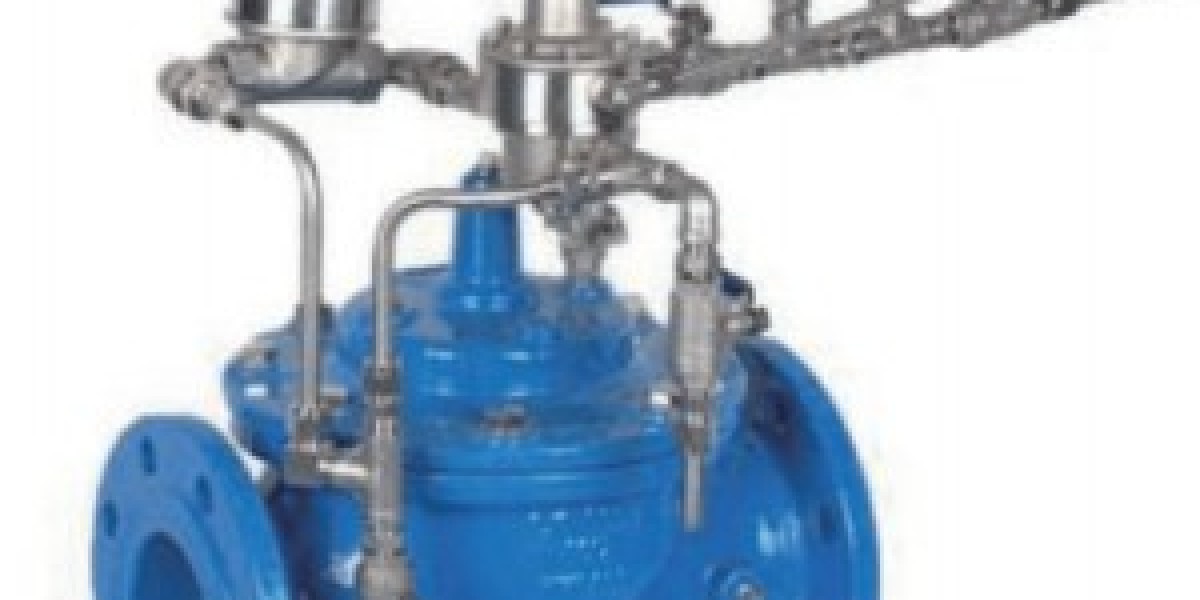India's agricultural sector plays a critical role in the nation's economy, providing employment to a significant portion of the population and contributing substantially to the GDP. The diversity of climates and soils in India allows for the cultivation of a wide range of crops, making it one of the world's leading producers of grains, fruits, vegetables, and spices. To achieve efficient and productive farming, the use of modern agricultural implements has become increasingly important.
Agricultural implements are tools or machinery used in farming to reduce labor and increase productivity. These tools range from traditional hand-held implements to sophisticated machines. Two notable implements that have revolutionized Indian farming are the seed drill and the rotavator.
Seed Drill: Precision Planting for Better Yields
The seed drill is an implement designed to plant seeds at the correct depth and spacing, ensuring that each seed has the optimal conditions for growth. Before the advent of the seed drill, seeds were scattered manually, leading to uneven growth and lower yields. The introduction of the seed drill has brought about significant improvements in planting efficiency and crop productivity.
How to Use a Seed Drill:
- Preparation: Before using the seed drill, the field must be properly prepared. This involves plowing and leveling the soil to create a smooth seedbed.
- Calibration: The seed drill must be calibrated according to the type of seed being planted. This involves adjusting the settings to control the depth and spacing of the seeds.
- Loading Seeds: The seed hopper is filled with the seeds to be planted. It is important to ensure that the seeds are clean and free from debris to prevent clogging.
- Operation: The seed drill is attached to a tractor and driven across the field. As the machine moves, it creates furrows, plants the seeds at the set depth, and covers them with soil.
- Maintenance: After use, the seed drill should be cleaned and inspected for any wear or damage. Proper maintenance ensures the longevity and efficiency of the implement.
Rotavator: Efficient Soil Preparation
The rotavator is another essential agricultural implement widely used in Indian farming. It is a rotary tillage tool that breaks up and mixes the soil, creating an ideal seedbed for planting. The rotavator is particularly effective in preparing heavy and compacted soils, making it a valuable tool for farmers.
How to Use a Rotavator:
- Field Inspection: Before using the rotavator, inspect the field for large stones, roots, or other obstacles that could damage the blades.
- Attachment: Attach the rotavator to the tractor's three-point linkage and ensure it is securely fastened.
- Setting Depth: Adjust the depth control lever to set the desired working depth. The depth depends on the type of crop being planted and the soil conditions.
- Operation: Start the tractor and engage the rotavator. Drive the tractor slowly across the field, allowing the rotavator blades to till the soil thoroughly. Ensure a consistent speed to avoid uneven tillage.
- Overlap: To achieve uniform tillage, slightly overlap each pass of the rotavator. This ensures that no areas are left untilled.
- Post-Operation: After tilling, clean the rotavator and check for any signs of wear or damage. Regular maintenance is crucial to keep the implement in good working condition.
Benefits of Using Modern Implements
The adoption of modern agricultural implements like the seed drill and rotavator offers numerous benefits to Indian farmers:
- Increased Efficiency: These implements reduce the time and labor required for various farming tasks, allowing farmers to cover larger areas more quickly.
- Improved Yields: Precision planting and efficient soil preparation lead to better crop growth and higher yields.
- Cost Savings: While the initial investment in modern implements can be high, the long-term savings in labor costs and increased productivity make them cost-effective.
- Sustainability: Proper use of implements helps in sustainable farming practices by minimizing soil erosion and maintaining soil health.
Challenges and Future Prospects
Despite the clear advantages, the widespread adoption of modern implements in Indian farming faces several challenges. Small and marginal farmers may find it difficult to afford these tools, and lack of proper training can lead to inefficient use. Additionally, the availability of implements and spare parts can be a concern in remote areas.
To address these challenges, government initiatives and agricultural extension programs play a crucial role. Subsidies and financial assistance can make implements more accessible to small farmers. Training programs can equip farmers with the necessary skills to use these tools effectively. Moreover, the establishment of custom hiring centers, where farmers can rent implements, can also promote the adoption of modern machinery.
Conclusion
The use of agricultural implements like the seed drill and rotavator has the potential to transform Indian farming by increasing efficiency, improving yields, and promoting sustainable practices. While challenges remain, continued efforts to make these tools accessible and affordable will pave the way for a more productive and prosperous agricultural sector in India.



